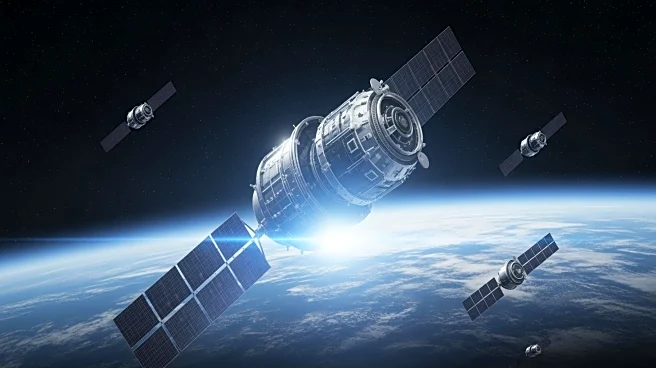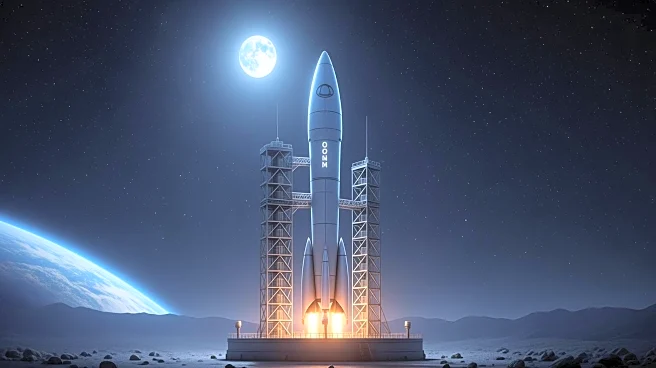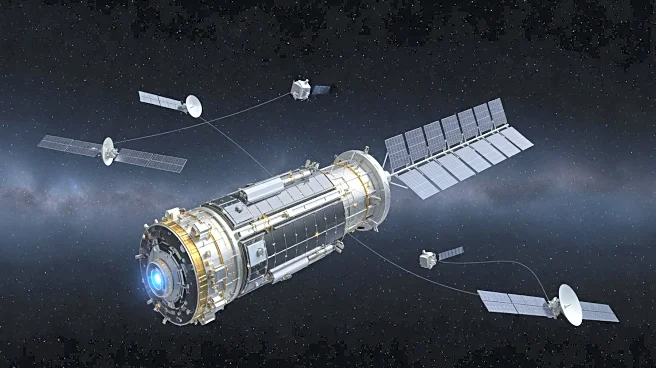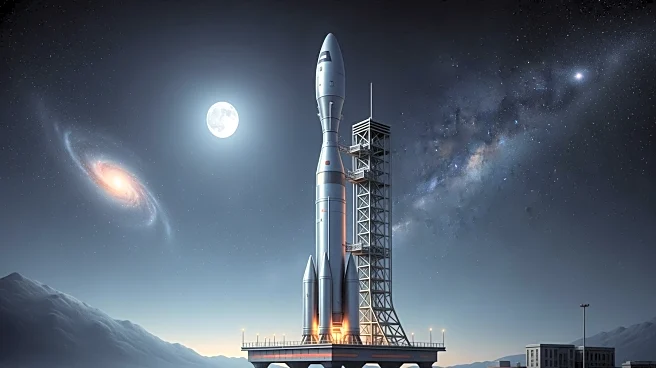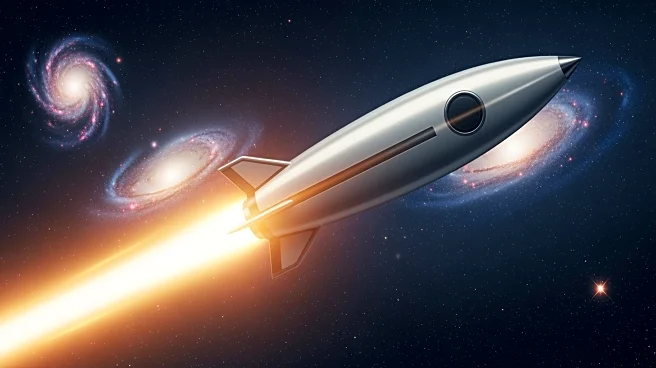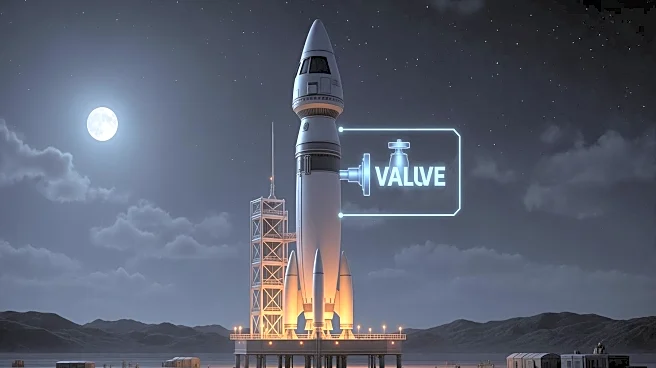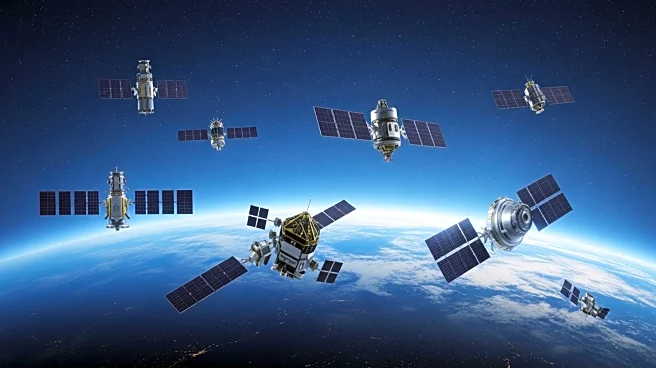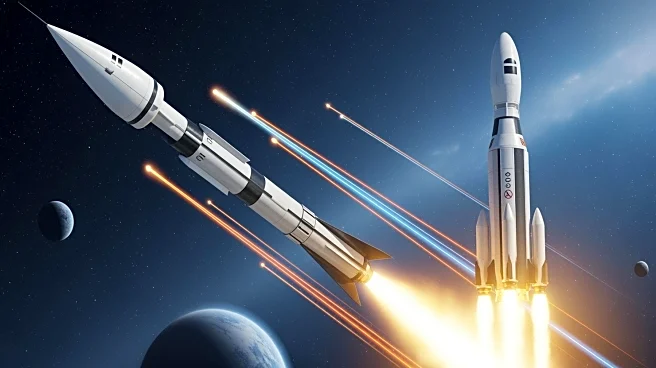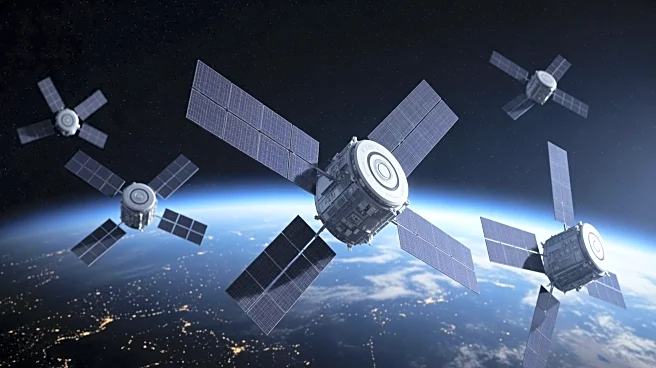What's Happening?
United Launch Alliance (ULA) scrubbed the launch of the ViaSat-3 F2 satellite for the second consecutive night due to a persistent issue with the Atlas 5 booster’s liquid oxygen vent valve. The launch was scheduled from Cape Canaveral Space Force Station
but was halted by Launch Director James Whelan after the valve failed to operate correctly during pre-launch checkouts. The ViaSat-3 F2 satellite, intended to provide Ka-band network capabilities over the Americas, remains grounded as ULA evaluates the hardware issue. The satellite is part of the ViaSat-3 series, following the launch of the first satellite by SpaceX in 2023.
Why It's Important?
The delay in launching the ViaSat-3 F2 satellite impacts Viasat's plans to expand its network capacity, which is crucial for enhancing internet services across the Americas. The satellite is expected to add over 1 terabit per second of capacity, significantly boosting Viasat's service offerings. The repeated scrubs highlight the technical challenges faced in space missions, emphasizing the need for rigorous checks and reliable systems. The delay may affect Viasat's competitive position in the satellite communications market, potentially influencing customer expectations and business operations.
What's Next?
ULA will continue to assess the valve issue and determine a new launch date once the problem is resolved. The company will likely conduct thorough inspections and tests to ensure the reliability of the Atlas 5 booster before proceeding with the launch. Viasat will need to adjust its operational plans and communicate with stakeholders regarding the delay. The successful deployment of the satellite is crucial for Viasat's strategic goals, and the company will be keen to resolve the issue promptly to avoid further setbacks.
Beyond the Headlines
The technical difficulties faced by ULA underscore the complexities of space missions and the importance of robust engineering solutions. The incident may prompt discussions on improving launch systems and protocols to prevent similar issues in the future. Additionally, the delay highlights the competitive pressures in the satellite communications industry, where timely deployment of technology is critical for maintaining market position and customer satisfaction.


